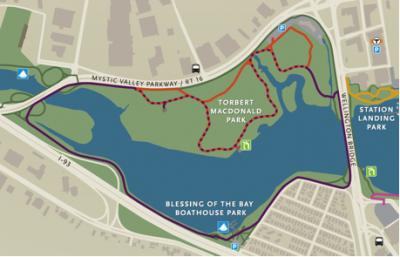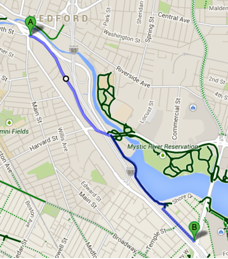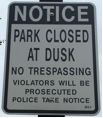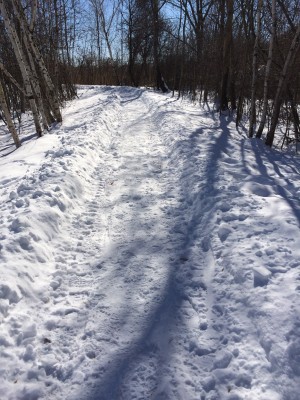Recently the Boston Cyclists Union solicited feedback on Facebook about ways DCR can improve public safety in their parks, as part of ongoing dialogue in the wake of last winter’s #WinterBiker kerfluffle. I felt this is the best way to deliver my input to BCU and to other possible stakeholders.
Introduction: The intent of this document is to provide concrete, actionable input to improve DCR facilities surrounding the Mystic River basin in support of ongoing improvements DCR is implementing for safe use of parks year round.
Setting: The excerpt below is from a document hosted by the Mystic River Watershed Association, found here: http://mysticriver.org/storage/pdfs/UTM_Side%20A_PDF_web.pdf
Overview: I appreciate the beauty and splendor provided to me and my community peers by DCR. A lesiurely walk in the park can be a magical experience. But park paths and rights of way can serve more than a recreational purpose – they can be essential as walking or cycling transportation links. That’s what this post is about – using certain DCR paths as safe transportation links.
I ride my bike for transportation along these pathways (slowly I’ll add, as not to be a disruption to other path users). I do so rain or shine, winter or summer. My experience and observation of the condition of these facilities might be useful to DCR and to others.
Part 1: The Path along Interstate 93:
Let’s focus on the section of path that runs parallel to I-93 (seen in the graphic above and below, and here: http://goo.gl/maps/NHctO):
It’s part of a greater safe, comfortable bicycle network link from Medford Square to the southern tip of the Ten Hills neighborhood of Somerville – a distance of 2.1 miles. See from the graphic how vital the DCR pathway is to making this route effective. There are no good alternative links between these points:
- One possible alternative is Riverside Ave, through some side streets, along Mystic Valley Parkway, then onto a deadly stretch of Route 28 (Link: http://goo.gl/maps/qwBZ7). This adds 50% to the trip’s length, which when combined with the inhospitable climate of the Route 28 portion, makes this a bad alternative.
- Another possibility is Interstate I-93. While gridlock on the morning commute would make this a safe, comfortable ride, it’s illegal (link: http://goo.gl/maps/2nhVI).
- Finally there’s Mystic Avenue, which is in horrible shape pavement-wise and is about as deadly motorist-wise as Route 28 (link: http://goo.gl/maps/qUjRh).
So there it is – I’ve explored some alternatives and all of them are bad. Back to discussing the preferred path through the DCR park along the Mystic.
What – if anything along this path – is a problem? And can DCR improve the situation? Indeed, there are several issues that are well within DCR’s power to improve:
- The path is closed dusk to dawn. On the southern end of the path at the entrance to the parking lot at the Blessing Of The Bay Boathouse, there’s a sign: “Notice: Park Closed Dusk to Dawn” (http://goo.gl/maps/9Fn1v). But least a path user assume that just the boathouse is closed, the sign to the right is mounted at the beginning of the path making things crystal clear.Cyclists and pedestrians are in greater danger using roads at night. This is especially true along the section of Mystic Avenue parallel to the path park: http://goo.gl/maps/UvkrL. The park pathways should be open around the clock. People transit to and from jobs well outside daylight hours.
- Vegetation along the path grows very quickly – it should probably be trimmed at least twice a year. In the three years I’ve used the path, vegetation has only been cut back once (very recently. The job was very well done. Thank you! Now… repeat twice a year from now on please).
- The path has many cracks. Repairing these cracks this summer will extend the life of the entire surface, saving lots of money in the long run. It’s simple maintenance.
- Most importantly – snow clearance along this corridor is inadequate. Like a lot of people – far more than 0.05% of the population – I ride my bike for transportation year round. DCR needs to understand that it’s imperative to clear paths down to the pavement, so the winter sun can melt away remaining snow and provide a safe, dry surface for dog walkers, joggers, and cyclists alike.
Part 2: The Path along and over the Wellington Bridge:
As an experienced, confident cyclist I never ride the sidewalk over the Wellington Bridge – I ride in the gutter lane next to automobile traffic (in spite of the 45+ mph speeding drivers and the never-swept, junk filled gutter). But I did walk the bridge this winter when the whole #WinterBiker thing flared up, and made some important observations.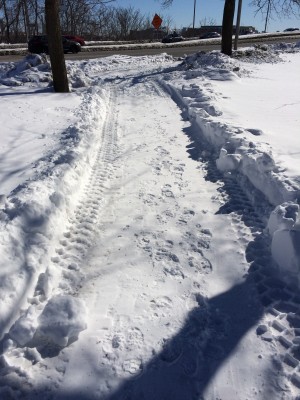
- Snow clearance on the path leading up to the bridge on both sides was clearly performed by the same machine that cleared all paths in MacDonald Park and around the Blessing of the Bay Boathouse (picture to the right).
- As seen in the picture below, this snow clearing machine is obviously too wide to fit onto the narrow sidewalk over the bridge.
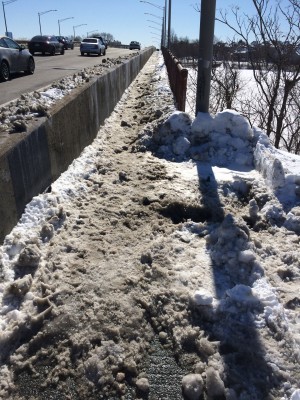
- As a result, the sidewalk over the bridge had zero snow clearing whatsoever.
- As an alternative, clumps of snow melt chemicals were thrown onto the sidewalk. Hard to see in the picture, but that’s a clump of snow-melt many inches deep and perhaps as treacherous as walking on clumps of frozen slush:
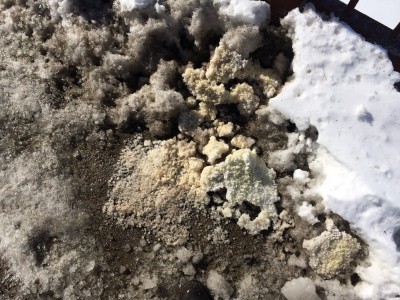
- Based on the outcome, I’m not sure this approach even met the low standard of “better than nothing”
What can DCR do to improve this situation?
- The best long term solution is for DCR to work with MassDOT and other government agencies to widen the sidewalk (preferably wide enough for an expansive sidewalk and a concrete barrier protected cycle track).
- That sidewalk is so narrow that even under ideal conditions, two people cannot pass each other on without at least one of them turning sideways. I cannot imagine that sidewalk meets the requirements of the Americans with Disabilities Act.
- Widening can be done without modification to the bridge structure. The bridge has three extremely wide lanes (which encourage motorists to speed) and a very wide breakdown lane in each direction. Travel lanes can be reduced by at least 2’ each, and the breakdown lane can be eliminated entirely, to create space for humans to cross the bridge on foot and on bike.
- An immediate solution, one that can be implemented by DCR in time for this coming winter, is to acquire a smaller snow clearance machine, one that is narrow enough to access the bridge sidewalk.
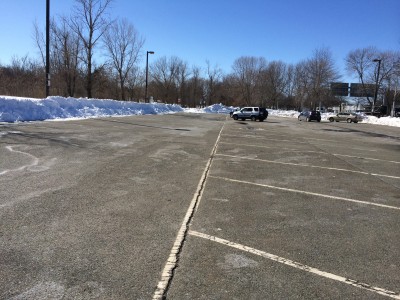
Enough parking for peak summer demand, but in the dead of winter. And who would bother driving to a park where all the paths are encased in ice?
Funding these efforts:I know nothing about how the state budget is allocated, but I do have one meaningful thing to say about funding as it pertains to these parks at the Mystic River basin. Last winter, parking lots at both MacDonald Park and the Blessing of the Bay Boathouse were plowed 100%, right down to the pavement. Plowing to the pavement meant the dark asphalt collected heat and melted off any light snowfalls or snowdrifts in the days following the major storm, ensuring ice would not form.
Note the ridiculous contrast here. The parking lot is plowed to dry pavement, while the paths are encased in rutted ice:
I suppose if I had a dog to walk, I could just walk in circles in that exquisitely snow-cleared parking lot. But if I’m going to do that, I would just walk around in a mall parking lot much closer to home.
The point here is this: Why does the entire parking lot have to be plowed? Parking lots in general are:
- Designed for peak annual estimated occupancy, and
- That peak annual occupancy estimate is usually far higher than what is needed in reality.
But fewer people drive to parks during the coldest days of winter, and the people who do use the parks will likely keep their visits shorter than summer visitors. Bottom line – the entire parking lot does not need to be paved.
It appears DCR could save a little money by plowing less than the full parking lots (perhaps up to 1/3 less than the full lot). Money saved by plowing less parking space can be invested in better snow clearance of the paths themselves.
Conclusion: BCU and DCR, I hope this is constructive input. With a little better planning and resource allocation, you can find a way to keep paths clear in the winter so they may be safe places to visit – whether by dog walkers or walking/biking commuters. Change policy to open the paths for night time transits, and do what is necessary to keep paths clear summer and winter.

